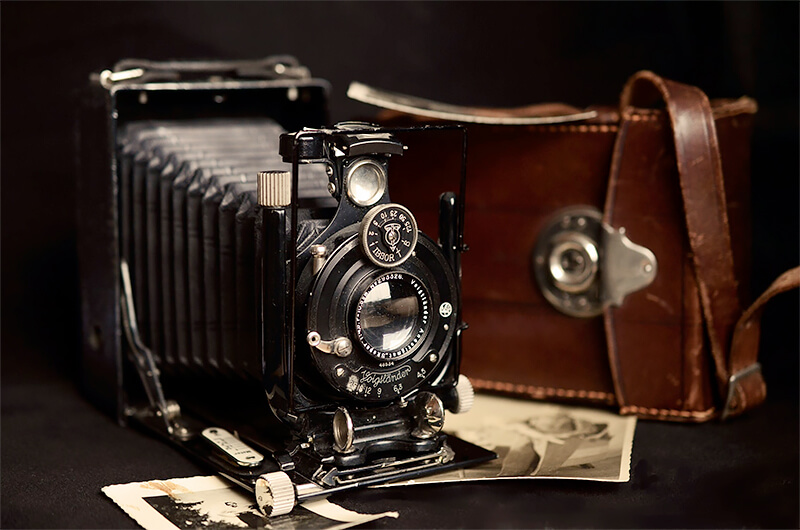There are many inventions that have changed the world. From flying to the Internet, there are hundreds of things that all contribute to us living in a very different way to how previous generations have done.
We take many of these things for granted. Like the ability to quickly take a photograph and share it with the world. And yet, only a short time ago, the ability to catch a moment in time either on film or digitally was something so new, it was viewed with suspicion and wonder in equal measure.
Today, we take it for granted and yet, more of us are being drawn to the world of photography, more so with interesting online photography courses from NCC Home Learning.
How photography has changed
Just shy of two hundred years ago, the very first photograph was taken, with a few more refinements as detailed in the
Evolution of Photography infographic, photography began to change the way we saw the world.
We are familiar today with some of these early examples of photography. The rows of stony-faced subjects, all of whom have been told to sit still for whilst the image is captured. It is hard to stay smiling, sitting in the same position for several minutes hence, photos of unsmiling families.
Capturing history
Photography soon became a source of information and communication. On one hand, it was used as a form of creative self-expression – something that still happens today – but it also quickly became a tool that documented all of life, the good, the bad and the ugly.
The pictures are grainy and black and white, but the horrors of the Great War were captured time and again by war photographs. On the centenary of the end of World War 1, we examine these grainy images, the shock and horror no less intimidating because it lacks colour.
But it photography has also captured the good in life. From personal celebrations to those that unite the nation, these small snippets of time captured on film are still enjoyed.
The digital revolution
There have been many changes in photography over the last two centuries that we have used it. We have gone from posing for several minutes to quick snapshots. The digital revolution has enhanced the way we see the world.
Digital photos are quick, capturing a millisecond of time. Documenting life in the 21st century, photos are no longer left in albums, gathering dust on a shelf. They are shared and enjoyed.
Amazingly, we no longer need a camera in hand, either! We can snap the world around us on our phones, our PCs, laptops and tablets. We can manipulate images, changing colours as well as shadows, the fall of the light and more, layering with a filter to enhance the final photo.
But with change, comes conflict. Many digital photos are erased as fast as they are taken. They can be manipulated so that some things are scrubbed out, like a digital eraser. They draw comment and criticism too.
Self-expression
Photography is about many things, from documenting change to a form of creative self-expression. Not always seen in the same light as a painting or sketch, a photograph that is beautifully composed that captures its subject in both light and shade is a thing of beauty.
Photography allows us to showcase our lives and the world around us, with or without filters.
It is an interesting journey and one that is nowhere near at its end so why not take a look at the evolution of photography and how far it has come since the first image was taken nearly 200 years ago.


